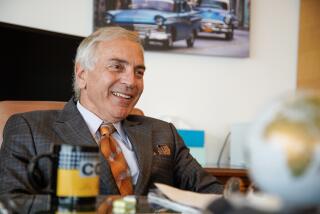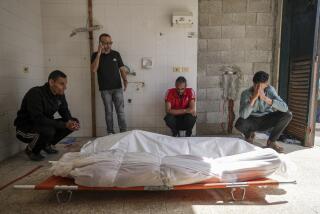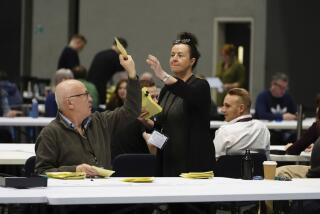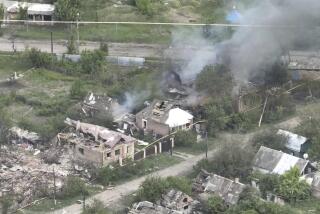Mexico City to have state-of-the-art airport
Mexico City is set to have a new stateoftheart airport, a facility that will be among the most advanced in the world, incorporating the symbols of the country, its vivid colors and green technology.
The project, which aspires to become a model for future air terminals, was designed by British architect Norman Foster, who has also designed the Beijing and Hong Kong airports, along with Mexican Fernando Romero, the soninlaw of Mexican tycoon Carlos Slim, one of the richest men in the world.
The futuristic design, unanimously selected from among eight proposals, incorporates sustainable technology and large commercial spaces.
The new terminal will have six runways and handle 120 million passengers annually, or four times the capacity of the current airport.
The monumental project, to be built at a cost of more than $9 billion, will replace the present airport, which opened in 1929 and has reached full capacity despite having been remodeled and expanded over the past few decades.
President Enrique Peña Nieto said during the unveiling of the project on Wednesday that the airport would open after his term ended in 2018 because his administration “will not have enough time to put the new international airport into operation.”
“It is important for Mexico to have a worldclass airport,” Peña Nieto said, adding that the decision to move ahead with the project was made out of a sense of responsibility and not from a shortterm perspective.
Three runways will be constructed in the first phase to handle 50 million passengers annually, with the passenger count rising to 120 million at the end of the second phase, the president said.
Foster said that although the project incorporates the experience of several monumental projects, it “is the first of its kind in the world.”
Romero discussed the incorporation of Mexican symbols in the project, particularly the eagle and the serpent that adorn the country’s flag.
“The colors, the patterns are very special to Mexico ... and also the quality of monumentality in the works of earlier civilizations,” Romero said.
The green airport will have 24 water treatment plants, a waste processing system and natural ventilation, all with the goal of reclaiming a degraded and densely populated area.
A metropolitan transportation network serving the airport will be developed by the federal government, the capital’s government and Mexico state, which surrounds the Federal District and forms part of the Mexico City metropolitan area.
ThenPresident Vicente Fox tried to build a new airport in the town of San Salvador Atenco in 2002, but a wave of violent protests by residents forced the government to scrap the project.
Fox’s successor, Felipe Calderon, opted for the construction of Terminal 2 at the Mexico City international airport at a cost of $655 million.
Terminal 2 opened in 2007, allowing the airport to expand its operations.
Within seven years, however, the airport reached a capacity of 32 million passengers and 393,000 flights annually, forcing Peña Nieto’s administration to seek a longerterm solution that did not involve land expropriations.









